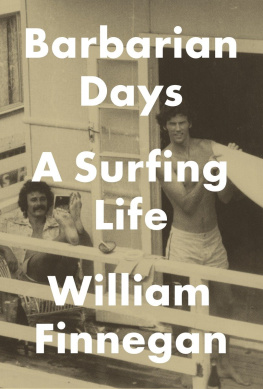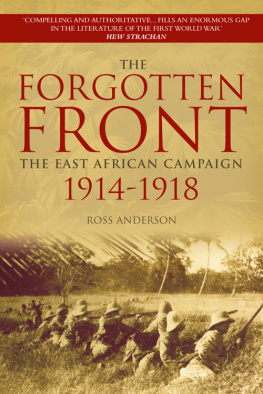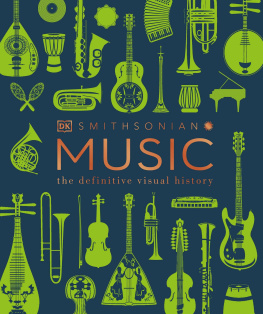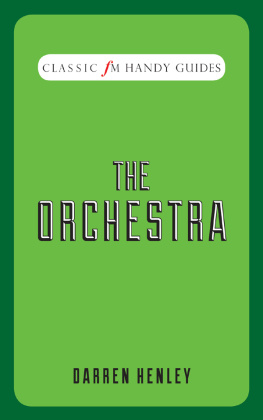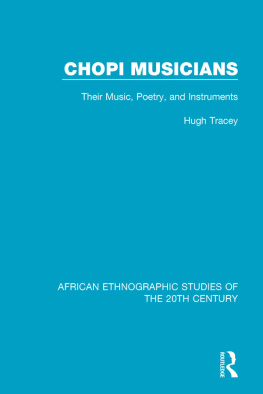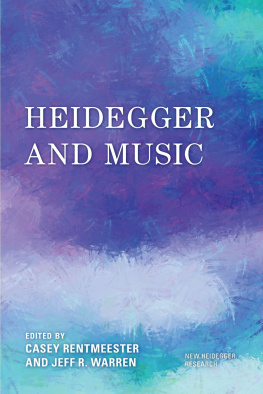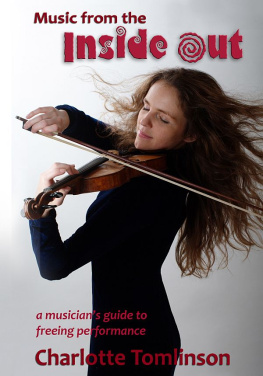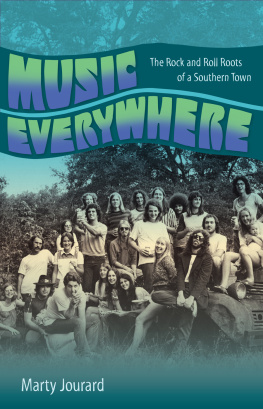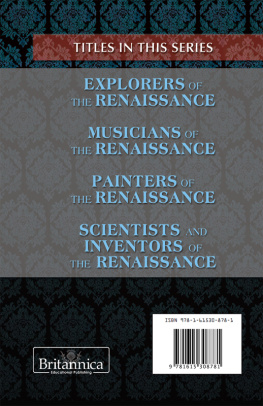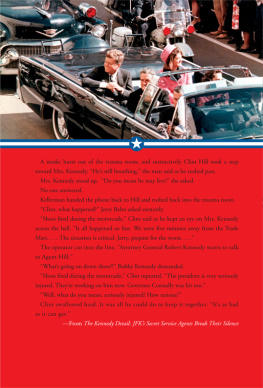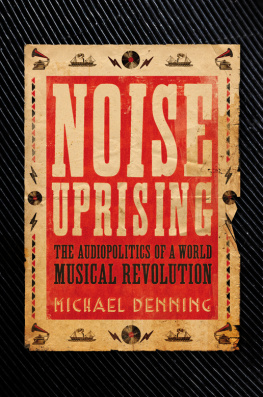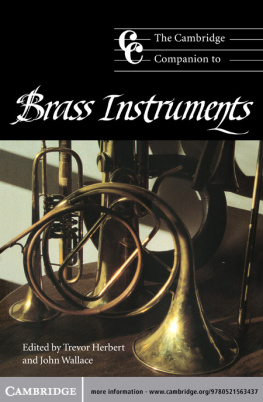
The hidden musicians
The hidden musicians
Music-making in an English town
Ruth Finnegan
WESLEYAN UNIVERSITY PRESS
Middletown, Connecticut
Published by Wesleyan University Press, Middletown, CT 06459
www.wesleyan.edu/wespress
First Wesleyan edition 2007
1989 by Cambridge University Press
Preface to the 2007 edition 2007 by Ruth Finnegan
All rights reserved
Originally published in cloth by Cambridge University Press in 1989
Printed in the United States of America
Library of Congress Control Number 2007929707
ISBNs for the paperback edition:
ISBN13: 9780819568533
ISBN10: 0819568538
The Library of Congress has cataloged the original edition as follows:
LIBRARY OF CONGRESS CATALOGING-IN-PUBLICATION DATA
Finnegan, Ruth H.
The hidden musicians: music-making in an English town / Ruth Finnegan.
p. cm.
Bibliography.
Includes index.
ISBN 0521360668
1. MusicEnglandMilton Keynes20th centuryHistory and criticism. 2. MusiciansEnglandMilton Keynes. I. Title.
ML286.8.M54F5 1989
Cover illustrations: Folk on the Green in 1981: the annual folk event on Horsefair Green in Stony Stratford.
To my parents
AGNES and TOM FINNEGAN
music-makers in that other fair city, Derry
Contents
Illustrations
Preface to the 2007 edition
People are always complaining that things arent the same as in some golden age in the past which for some is now the period twenty years ago when I first carried out this study of the amateur musicians in the English city of Milton Keynes. It is true that the local choir I sing in has dwindled drastically since its earlier heyday. Its now down to a small core of mostly rather ageing members, and we sometimes worry about its continuance. On the other hand it has just appointed a new conductor and an excellent one too. So, as it has done continuously since 1973, the Sherwood Choral Society goes on singing devotedly at its Wednesday evening practices and performing at its regular local concerts. Then again, new choirs have been founded in the meantime and are going strong, and another choir I sing in is getting almost too big for its long-time rehearsal place. The ebb and flow of specific groups is after all nothing new. Now, in the twenty-first century, the cyclical celebrations of the year are still supported by enthusiastic volunteer musicians, invisible to some but bringing their expertise to bear on the expected occasions. Brass bands are still performing in public places around the city, new rock bands emerge with their flamboyant names, and the old as well as the new styles are played across the wide spectrum from classical and brass band music to folk, jazz, country and western, and rock.
Of course there have been many changes in the city of Milton Keynes during those twenty intervening years, but what strikes me now are the continuities in its music-making, not just the changes. The town has grown bigger in both population and area. New migrants, both national and (far more than before) international, have settled in, providing additional resources for music and raising new issues for social and political debate both within and outside the city. New musical styles and fashions have flourished. The range of music shops has changed, and with the expansion of the city glamorous new venues for music have been erected and are patronised by visiting professionals. There are new technologies too, which many musicians have turned to avidly. In short, music in its varying guises seems to have remained as strong a commitment as ever for those thousands of people engaged in the musical pathways charted out in this study, and Milton Keynes still hosts a profusion of diverse musical worlds.
Many of the musical organisations noted in the 1980s still in one way or another function today, with their continually renewing cycles of members and innovations, not least the larger-scale and more formalised associations like the brass bands, operatic societies, classical orchestras, and the leading country-and-western club. Among the small bands only a sparse handful have survived since the 1980s (among them the Fenny Stompers of ), but just as before, new bands arise to fill the places of the old, themselves no doubt destined to dissolve in the coming years, following the same pattern of dissolution and renewal as in earlier years.
The wondrous new technological devices for music-making and -listening and the opportunities of the web in one way make for striking changes in the musical environment. But at the same time much of what musicians exploit them for seems to be an extension of what they were doing already for publicity, for recording and distributing their music, for experimenting, for listening and interchanging with others. Amidst all the changes, the pubs, schools, churches and homes still provide venues and occasions for music-making, and the rituals of urban living still give a meaning and a call for the services of local musicians.
When I was first contemplating this study of amateur music-making nearly thirty years ago for it took far longer than I could ever have believed at the outset my basic questions were essentially ethnographic. Rereading the material now reminds me of the queries I started out with, when I was eager simply just to discover what kinds of musicians and music-making operated in the town where I lived. Other questions soon emerged. Certainly individuals and their diverse preferences and commitments were central but in the numerous music-making options in the town, were there also some systematic patterns and conventions? And how was it that the rich musical traditions that are taken to be a valued a part of English culture (and not just English I suspect) were actualised and sustained, and by whom? Did the practices at the local level accord with more generally held beliefs about music or about city life? Perhaps many of the answers will by now seem fairly obvious, but on several of those points I had some surprises at the time.
The music-making activities in this one smallish English town at this one period of time were certainly extensive enough to fill a book, and I remain happy that they did. But another result of my recent rereading is to renew my awareness of its gaps. It confined itself primarily to the amateur musicians (or, more accurately, to the amateur end of the complex amateur-professional continuum) and said little about the professionals or the music industry more generally. Not that I apologise for that focus, for the book is long enough already, but it did mean that this study of music in the city of Milton Keynes is only about certain dimensions and not about all its musical activities, either then or now. Nor did the study really get into the role of the mass media again a deliberate decision given the over-emphasis on that angle at the time (or so I thought) at the expense of local creativity. If I was embarking on a new study now I might try to come to grips with the many-sided and elusive ways in which people use the variety of contemporary media (and, currently, the developing electronic technologies and the internet) and how these options interrelate with local artistries and interpretations. It is a subject of growing interest, not least for the ways in which such technologies may be reviving our grasp of the multisensory and performance qualities of much music-making not just as a matter of audition but often also as visual, corporeal and material.
One gap that troubled me from the start came from my inability to go further into the musical practices of what might now be termed minorities, whether defined in cultural, religious or ethnic terms. More specifically I was aware that a small number of individuals (and to some extent groups) had, for example, Vietnamese, Pakistani, Polish, Irish and Italian backgrounds or Islamic, Hindu or Sikh affiliations. I would have found it appealing to have undertaken a proper study of all or any such groups, especially those with non-European traditions, and, to be candid, I felt quite badly that as an anthropologist I was not including some in-depth material on the specificities of their activities, language and, of course, music. Given several more years or an army of research assistants (none of which I had), perhaps I could have gone some way in that direction. As it was, I had to face the fact that the city of Milton Keynes at the time had only a small number of such residents, and in order to produce a balanced local study I needed to focus on the predominant musical pathways being followed at that time and in that place. Although I did wish to note the presence of additional traditions and the issues raised in trying to handle them (subjects touched on in the chapter on Plural worlds), I was unfortunately unable to elaborate further on the wider range of musics.
Next page

